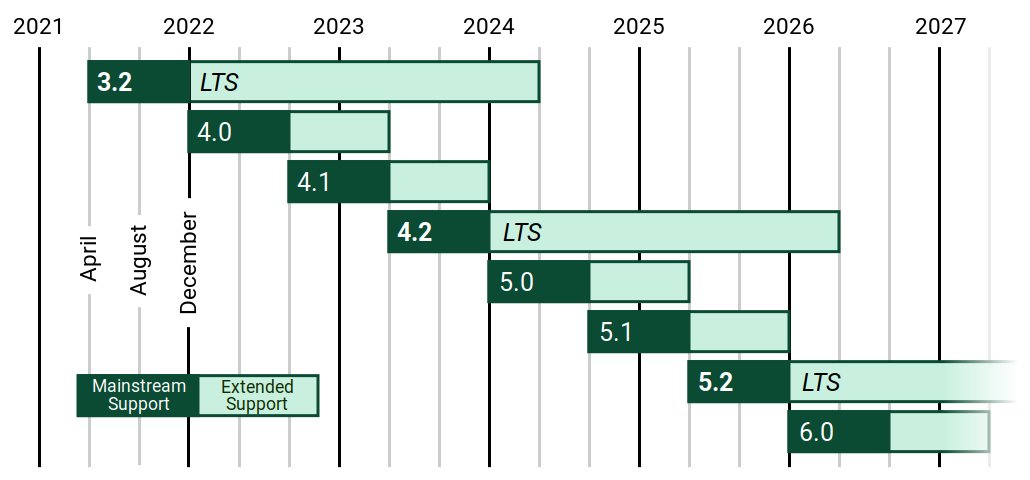The Django team has recently announced about Django 4.2 release as a long-term support (LTS) version that will receive data loss and security fixes for the upcoming 3 years.
New Features
According to the official news, Django 4.2 includes various new features, including:
- Support for psycopg version 3
- Ability to add comments on columns and tables
- Support for asynchronous streaming responses and async interfaces for related managers and models.
LTS Support
As an LTS release, Django 4.2 will receive fixes for crashing bugs, major functionality bugs, and regressions from older versions of Django for the next eight months until December 2023.
End of Support for Django 4.1 and 4.0
After the release of the new version, Django 4.1 will not get mainstream support. Users of this version are advised to upgrade to Django 4.2 to receive security fixes. However, Django 4.1 will continue to receive data loss and security fixes till Dec 2023.
It’s also important to note that the extended support for Django 4.0 has ended. Users of this version are advised to update to the 4.1 version or later.
Where to Download Django 4.2
Users can download Django 4.2 from their downloads page on the Django website or from the Python Package Index.
Future Release Schedule

The Django team has provided a supported versions table and future release schedules on their downloads page, which can be accessed to find more information.
Overall, the release of Django 4.2 is an exciting development for users of the popular web framework, providing new features and long-term support for the next three years. As always, users are encouraged to upgrade to the latest version to ensure they receive the latest security and bug fixes.
Source: https://www.djangoproject.com/weblog/2023/apr/03/django-42-released/
The post Django 4.2 Released: New Features and Long-Term Support appeared first on The Crazy Programmer.
from The Crazy Programmer https://ift.tt/4uTHESm
Comments
Post a Comment